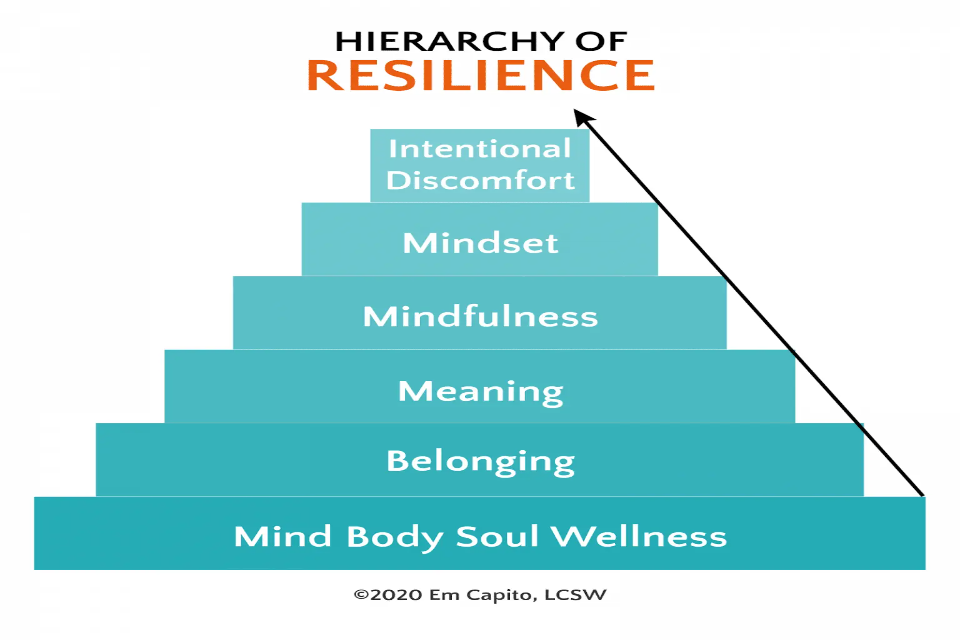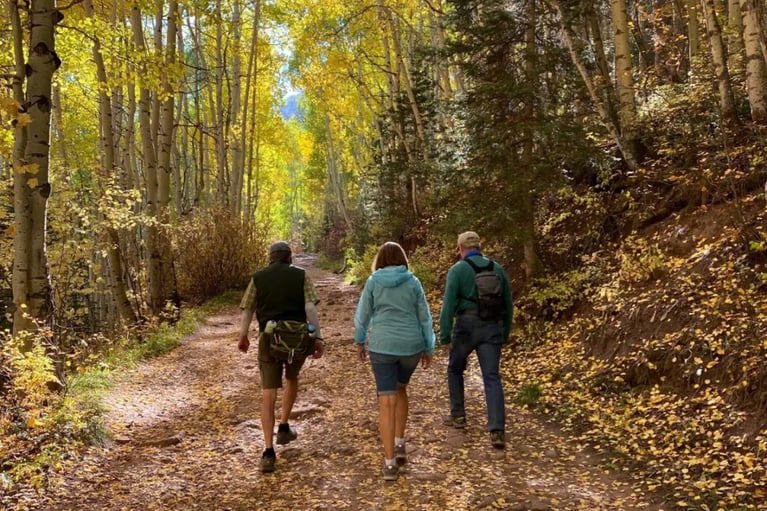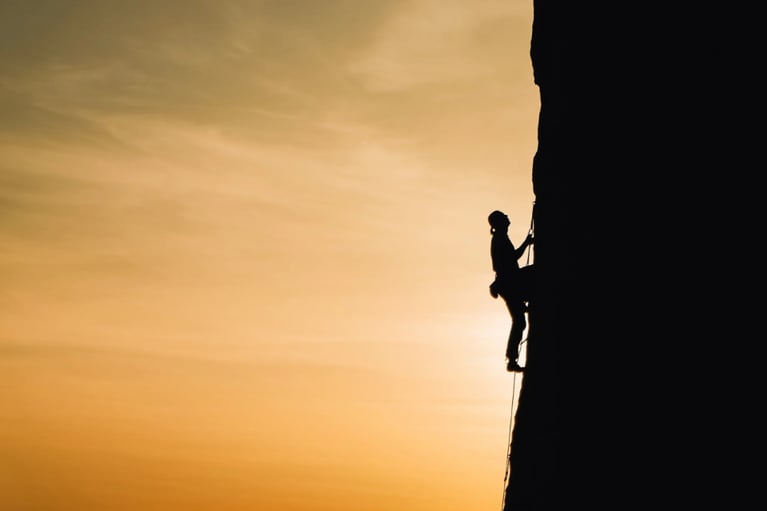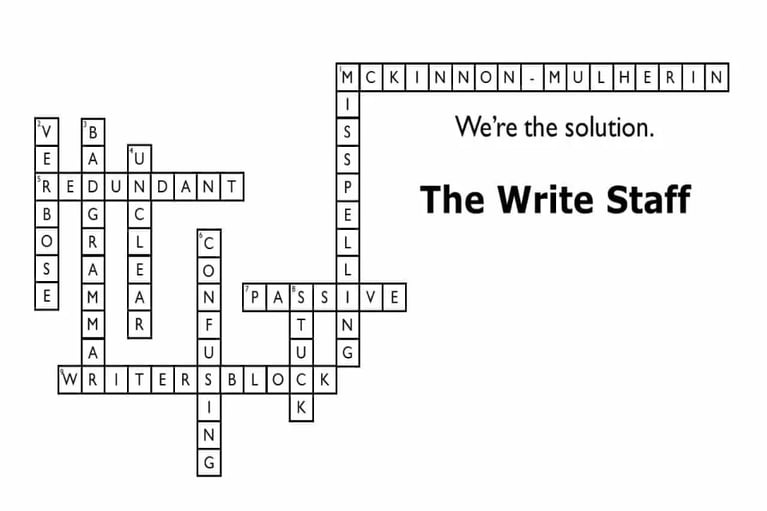Guest Post: How to Stress Less: The Hierarchy of Resilience©
Paradoxically, the most effective way to alleviate chronic or toxic stress is not to retreat from stressful conditions but to sink deeper roots so that you can once again rise above the little miseries and relish a good challenge.
As a mental health professional, I’ve studied mind-body resilience for more than fifteen years and all that research boiled down to six key elements.
When these elements are incorporated into a personal resilience practice—investing in these protective factors regularly—we become responsive instead of reactive, navigate adversity with less suffering, and experience happiness that is liberated from happy conditions.
To put it simply: Resilience is not just bouncing back from hard times. It’s the secret sauce for leading a meaningful, happy life full of adventure.
Much like Maslow’s famous Hierarchy of Needs, the elements lower in the Hierarchy of Resilience can negate those higher up.
At the base of our pyramid lies the broad element of Mind-Body-Soul Wellness, reflecting the wholeness of our being.
This factor is sensitive to our everyday decisions and conditions. Lack of sleep can lead to apathy, just as grief can reduce our appetite, and a trauma trigger can flood the body with adrenaline.
Four core components to begin to triage and prioritize are sleep, diet, exercise, and spirituality—connecting to something bigger than yourself, perhaps just being in nature.
The next step up the hierarchy is our sense of Belonging.
Our immediate, close relationships are our first line of defense in the midst of crisis and when we feel we belong to a community, such as our extended family, church group, or bowling league. We are healthier, happier, and more willing to take the risk of pursuing an authentic, purposeful life.
We can nurture this protective factor by contributing to our relationships, learning to listen artfully, investing in our chosen communities, and caring for our planet.
Building up the hierarchy, we reach Meaning.
In a culture of throwaway relationships, empty calories, and disposable furniture, many of us are suffering from a loss of meaning in our everyday lives, resulting in an all-out sprint on that hedonic treadmill toward wholly inadequate replacements of success symbols, accomplishment, and Instagram-worthy vacations.
Viktor Frankl’s work gave us a framework of three cornerstones for cultivating a meaningful existence, within what we create or contribute, what we experience in the world and in our relationships, and in the attitude we take toward unavoidable suffering.
This leads us into Mindfulness, which is critical to resilience for two reasons.
First, if resilience is the space between stimulus and response, mindfulness is the tool that chisels out that space. Second, mindfulness, especially meditation, creates the opposite physiological state to stress.
Mindfulness is paying attention to our current experience on purpose, in the moment, nonjudgmentally. Meditation is a mindfulness practice. While meditation can seem intimidating, it’s as simple as choosing a focus such as a candle flame, our breath, or a sunset, giving it our full attention and then gently bringing our mind back when it wanders.
As we incorporate mindfulness into our lives through meditation and rituals like mindful morning coffee, mindful meals, or mindful walks, we can initially feel a bit stressed, longing for the comfort of doing. But over time we encounter ourselves on a deep level, and find peace and clarity in the stillness.
Near the top of the hierarchy is our Mindset.
We begin by accepting that we all fall into the victim trap sometimes where we perceive life as happening to us, rather than for us. The practice is in noticing when we are there and shifting back to a heroic, growth mindset.
Joseph Campbell’s concept of the “Call to Adventure” can act as a humorous interrupt in our victim storyline as it spools out (Why does this always happen to me?!) so we can come back to ourselves and end the suffering.
We can also borrow wisdom from Byron Katie, author of Loving What Is, and ask ourselves in any given moment of distress: What is the story I am telling myself right now? Am I arguing with reality? Who would I be right now without this story?
Finally, we come to the top of the hierarchy with Intentional Discomfort.
I call these experiences Resiliency Field Trips: stepping into discomfort on purpose with a mindset of curiosity and fun. This could be learning something new like pottery or a language, facing a specific fear like snakes or heights, or any other adventure just outside your comfort zone.
By navigating experiences that are new, slightly scary, and intentional, we reduce the impact of fear on our thinking across every area of our lives, and we begin to shift into a resilient mindset automatically during life’s unplanned field trips.










